Allegany County
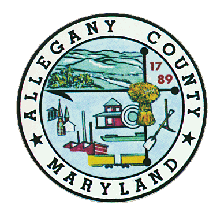 Allegany County occupies part of the extreme western portion of the State, bordered on the north by the Mason-Dixon Line and Pennsylvania, the east by Washington County, the south by the Potomac River and West Virginia, and the west by Garrett County. By the mid eighteenth century, the region had been settled by various Indian tribes and English Settlers, but it was not until 1789 that Allegany County was created by the Maryland legislature. Until 1872, the county also encompassed the area which is now known as Garrett County. The county name is derived from the Indian word oolikhanna, meaning "beautiful stream."
Allegany County occupies part of the extreme western portion of the State, bordered on the north by the Mason-Dixon Line and Pennsylvania, the east by Washington County, the south by the Potomac River and West Virginia, and the west by Garrett County. By the mid eighteenth century, the region had been settled by various Indian tribes and English Settlers, but it was not until 1789 that Allegany County was created by the Maryland legislature. Until 1872, the county also encompassed the area which is now known as Garrett County. The county name is derived from the Indian word oolikhanna, meaning "beautiful stream."
The rich natural resources of the region were quickly recognized. In 1755 George Washington wrote: "These mighty forests of soft and hard woods will furnish the ships of the world, and with the native stones build the residences of future generations. . . . Again, what is beneath the soil? There may be stored mineral wealth which will astonish the countries of the Old World, while the fuel of the the future may also be found therein . . . . " Washington's prophesy proved true and in time the county would boast huge coal fields, large supplies of iron ore, limestone, sandstone, and fire-brick clay of excellent quality.
The county's early development was also closely linked to transportation and commerce. The Chesapeake and Ohio Canal, the Baltimore and Ohio Railroad, and the National Road all contribute to the county's reputation as "the gateway to the west."
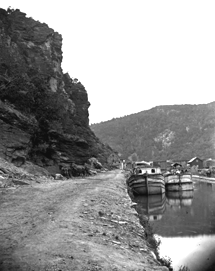
MSA SC 1477-6868
In spite of its name, the Chesapeake and Ohio Canal never reached the Ohio River, terminating instead in Cumberland. Always in competition with the railroad, over the years the canal suffered considerable damage from storms and was often in disrepair.
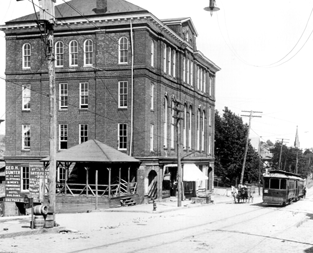
MSA SC 1477-5520
Little did Meshach Frost realize when he opened a tavern in 1812 on a spot he called Mount Pleasant that it would develop into bustling Frostburg. In 1901 the streetcar arrived, linking the city with Cumberland and other nearby communities.
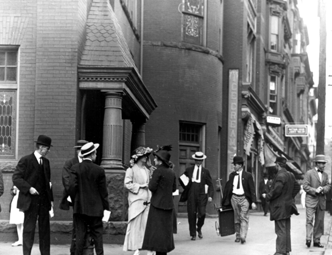
MSA SC 1477-5528
Cumberland, the seat of Allegany County, was obviously the center of high style as well as trade and transportation at the time this photograph was taken on Baltimore Street, c. 1915.
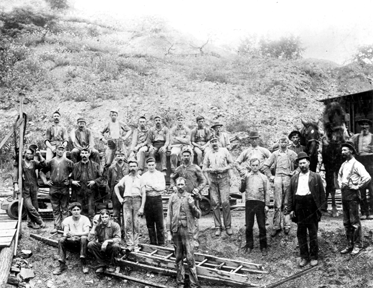
MSA SC 1477-5500
Minerals of many varieties are found in Maryland. Workers like this hearty crew of miners have worked for many generations in Allegany County.

MSA SC 1477-6875
This West Virginia Central Railway train was one of many lines that serviced Allegany County. Others included the Baltimore and Ohio, the Western Maryland Railway, George's Creek Railroad, the Pennsylvania Railroad, and the Pittsburgh Railroad.

